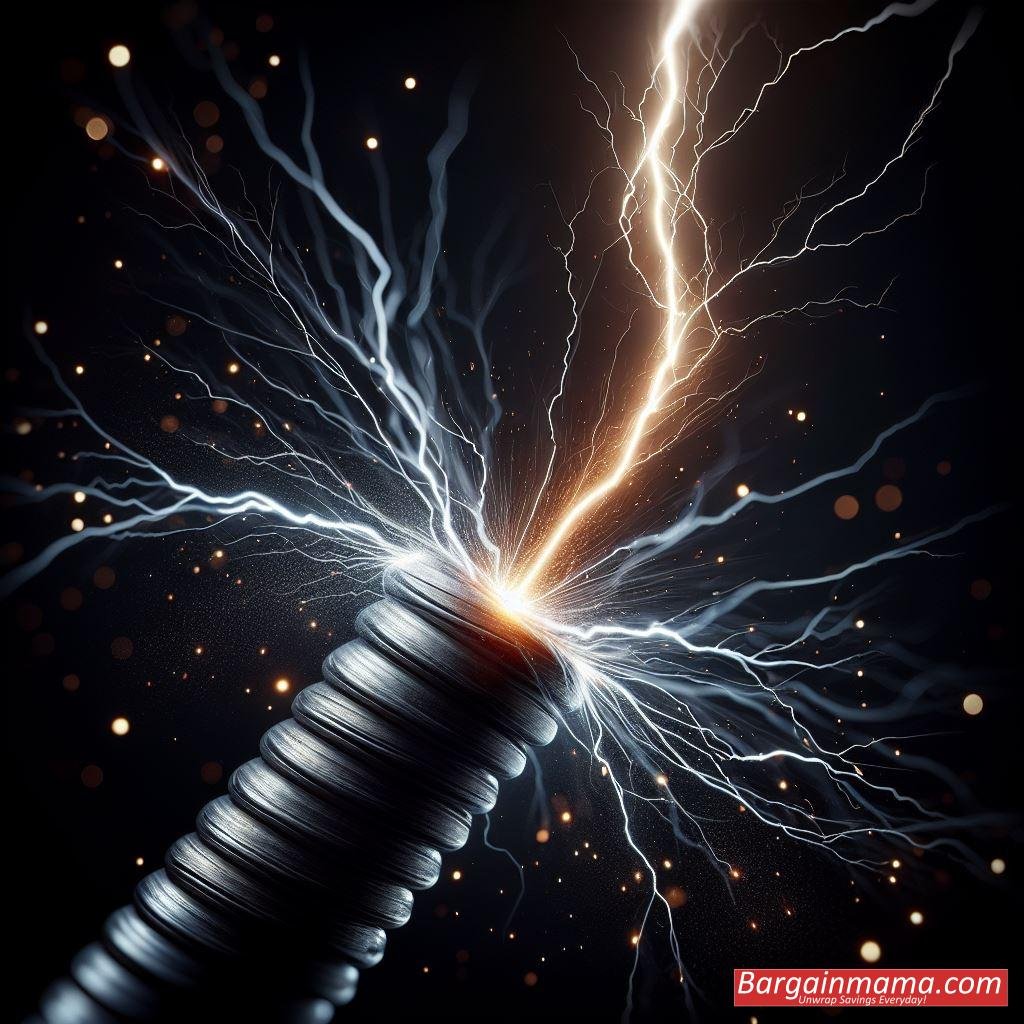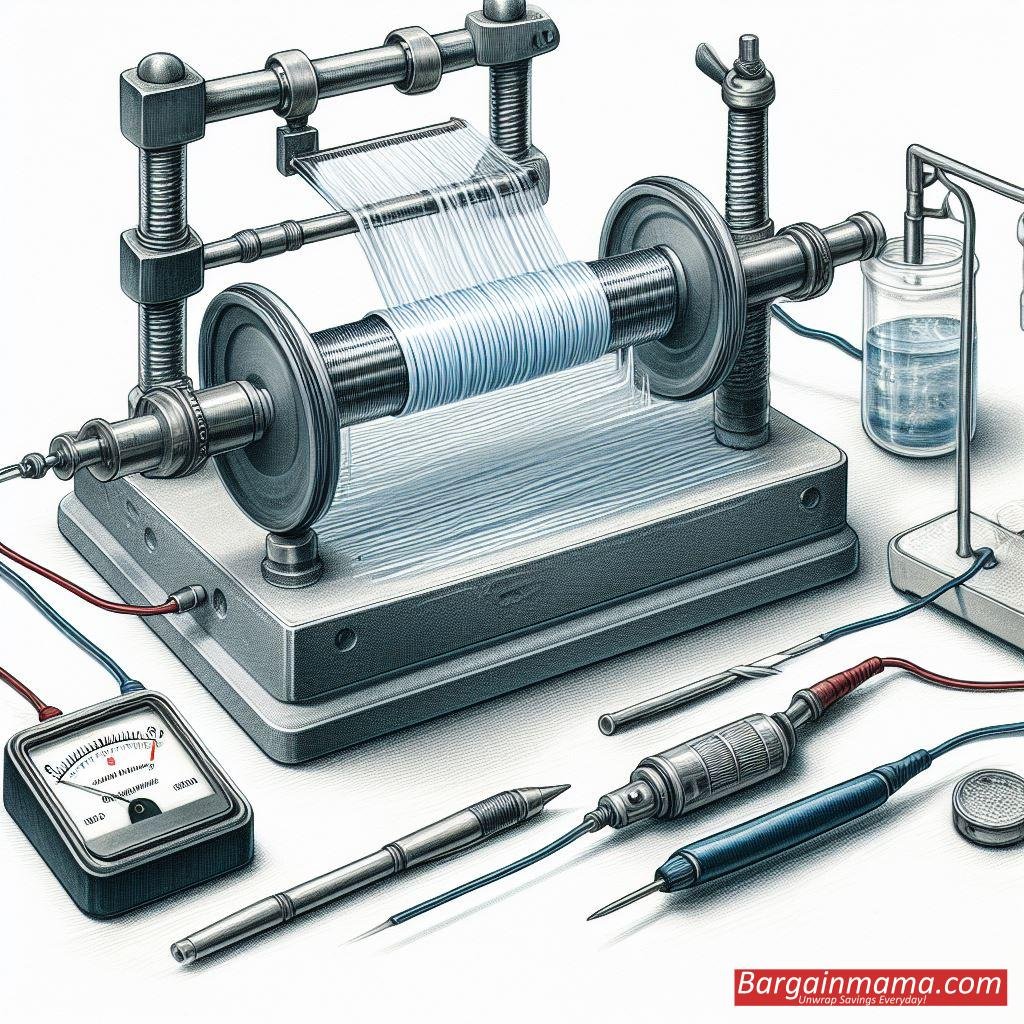Static energy, commonly recognized as static electricity, is a captivating phenomenon woven into our daily experiences, yet its true nature and origins often elude our understanding. In this article, we venture into the realm of static energy, dissecting its essence, the processes governing its production, and the intriguing mechanisms dictating its release.

Decoding Static Energy:
Static energy, or static electricity, emerges from an imbalance of electric charges within an object. Unlike the continuous flow of current electricity, static electricity remains stationary until it discovers a conductive path to discharge its accumulated energy. This imbalance arises when specific materials undergo electron gain or loss, resulting in an excess of positive or negative charges.
Generation of Static Energy:
- Frictional Charging:
A primary mechanism responsible for static energy generation is frictional charging. When dissimilar materials come into contact and then separate, electrons can transfer from one material to the other. The material gaining electrons becomes negatively charged, while the one losing electrons becomes positively charged. Everyday scenarios such as rubbing a balloon against hair or shuffling across a carpet exemplify this process, generating the familiar sensation of static electricity. - Triboelectric Series:
The triboelectric series categorizes materials based on their inclination to gain or lose electrons when in contact with others. Materials at the top of the series tend to lose electrons, acquiring a positive charge, while those at the bottom gain electrons, developing a negative charge. Understanding this series enables predictions about the outcome of frictional interactions and identifies materials more prone to accumulating static charges. - Induction:
Induction, another contributor to static energy production, occurs when a charged object is brought near a neutral object, inducing a separation of charges within the neutral object. This results in one side becoming positively charged and the other negatively charged. Although induction lacks direct contact between materials, it significantly contributes to generating static electricity.

Release of Static Energy:
- Sparking and Arcing:
The most conspicuous discharge of static energy occurs through sparking and arcing. As the buildup of static charges reaches a critical point, the surplus energy seeks the path of least resistance for discharge. This release often manifests as a spark or an electric arc. Lightning serves as a natural and grand example of static discharge, while smaller sparks are common when touching a metal doorknob after shuffling across a carpet. - Corona Discharge:
Static energy release can also take the form of corona discharge in specific situations. This phenomenon transpires when the electric field surrounding a charged object ionizes the surrounding air, creating a visible halo or glow. Corona discharge is frequently observed in high-voltage systems like power lines and transformers, representing a more subtle form of static energy release compared to sparking. - Electric Shock:
When a charged object makes contact with a conductor, such as the human body, static energy can transfer, resulting in an electric shock. This common occurrence in our daily lives intensifies during dry weather when the air is less conductive. Touching a metal surface after walking on a carpet or handling certain electronic devices can lead to these mild electric shocks.

Conclusion:
Static energy stands as a captivating facet of our physical world, materializing in diverse ways – from the grandeur of lightning to the subtle jolt in everyday activities. Understanding the production of static energy through processes like frictional charging and induction provides valuable insights into its unpredictable nature. The release of static energy, whether through sparks, corona discharge, or electric shocks, underscores the dynamic interplay between charged objects and their surroundings. As we persist in exploring and harnessing the power of electricity, unraveling the mysteries of static energy contributes significantly to our broader comprehension of the fundamental forces shaping the world around us.



